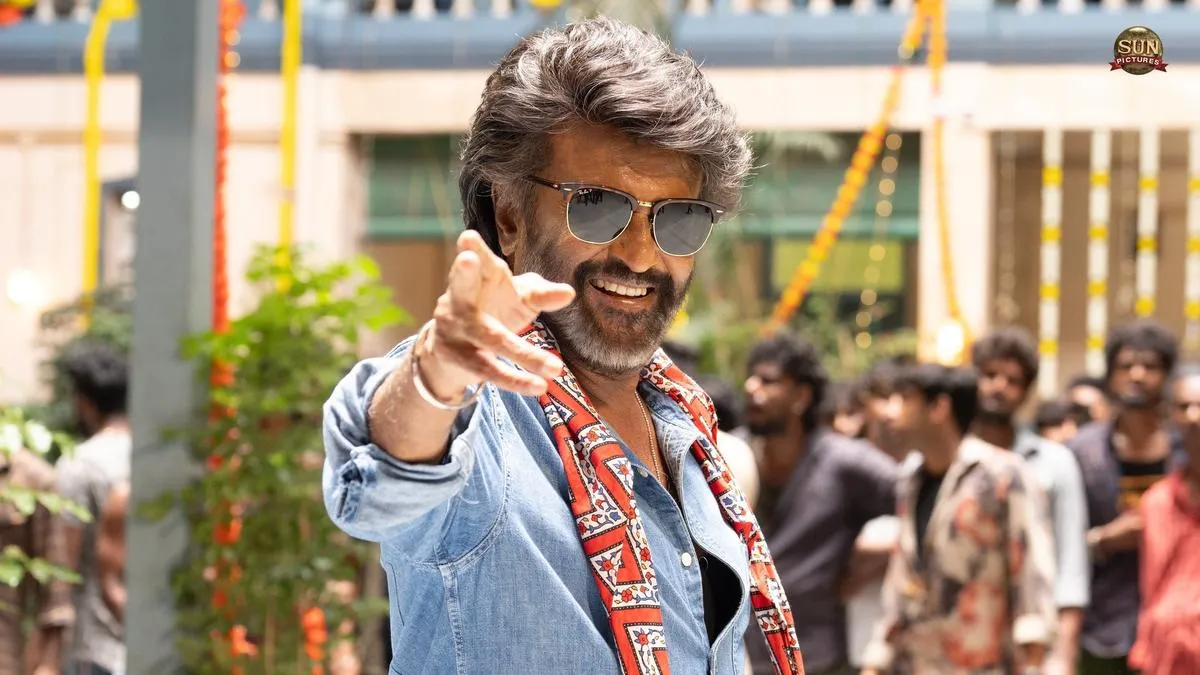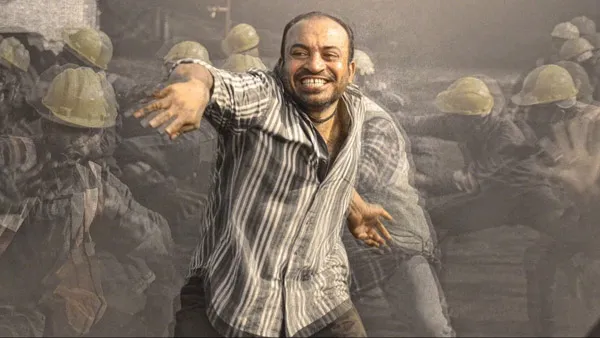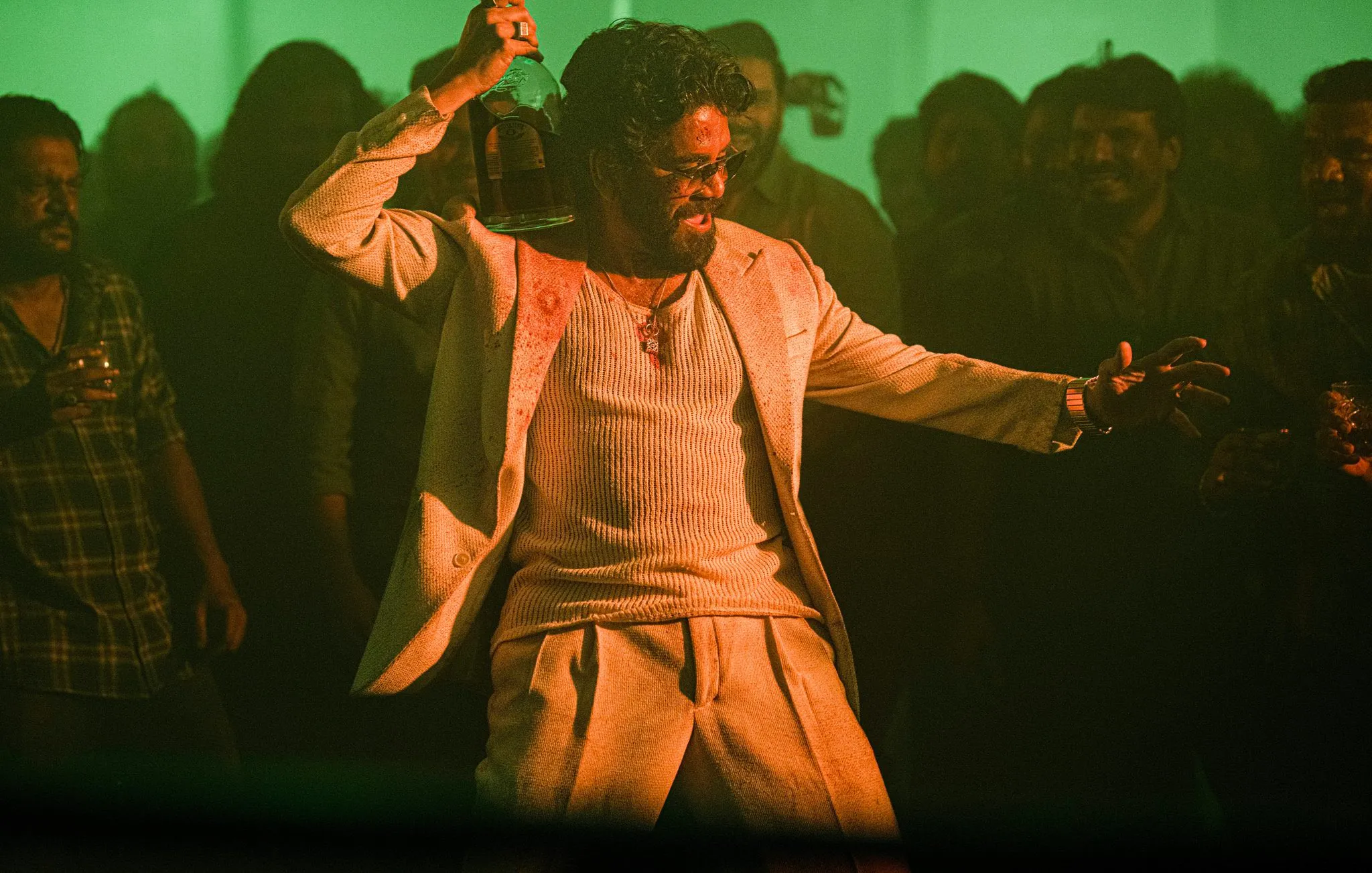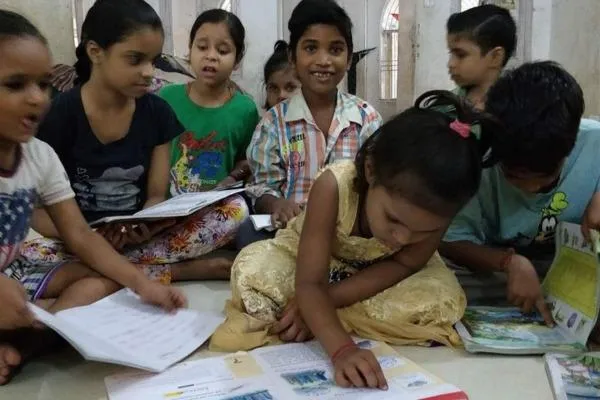
Coolie Honest Review 2025 Rajinikanth & Lokesh
Coolie Honest Review 2025 - Rajinikanth & Lokesh
A long, spoiler-safe, theatre-first analysis of performance, direction, music, technical craft and whether Coolie lives up to the Rajini-Lokesh promise.
Very few pre-release moments match the electricity that precedes a Rajinikanth film. Half a century into a star-studded career, Rajinikanth is a living cultural phenomenon — not just an actor but an institution. With Coolie, the collision is literal: Rajini’s vintage gravitas meets Lokesh Kanagaraj’s contemporary action vocabulary. The question on every fan’s mind was simple: can Lokesh craft a film that honors Rajini’s legacy while satisfying modern cinematic sensibilities? This long-form, honest review dives into that question, exploring what works, what falters, and why Coolie feels both promising and uneven.

Lokesh Kanagaraj arrived with high currency — not merely because of his track record with kinetic thrillers and layered universes, but because he knows how to marry mass beats with a brittle sense of realism. In Coolie, Lokesh borrows a leaf from Rajini’s earlier terrain — the 1981 Deewar remake Thee — and repackages it for a 2020s audience. The film opens with a port-city landscape where the ruthless Dayalan (Soubin Shahir) runs a smuggling racket for Simon (Nagarjuna Akkineni). A police mole swings between loyalty and doom; a hanging sets a grim tone. Meanwhile, we meet Deva (Rajinikanth), now living in a mansion, a man whose surface comforts mask a past of blue-collar struggle.

Lokesh opts for a plot-heavy opening — the densest first half of a Rajini film in years. That choice is brave, but it also costs the film a consistent heartbeat. The flashbacks that pepper the runtime establish Deva as a port worker who stood for his mates; they save Lokesh time in establishing empathy but also create tonal zig-zags. A striking close-up on Rajinikanth’s reflection—the slight tremor, the weariness—reminds you that the superstar has evolved; he is no longer the invincible physical force of his hayday. Yet the film balances that weariness with spectacle: the introduction song ‘Chikutu’ even includes a cheeky leg-sweep moment that gets the crowd roaring. These contradictions are both Coolie’s charm and its core problem.

The central mystery — who killed Rajasekhar (Sathyaraj) — drives the narrative into murky waters. The film asks consequential questions: what business did watch-smugglers have with an honest man? Why does Preethi (Shruti Haasan) distrust Deva? Lokesh attempts to map a crime-drama on top of a superstar’s emotional terrain, and that ambition occasionally overwhelms the drama’s urgency. The pre-interval graveyard sequence is a highlight — tense, tactile, and expertly staged — but the lead-up often lacks immediate peril, which dilutes stakes until Lokesh decides to strike.

Performances - Rajinikanth, Soubin, Nagarjuna, Shruti
Rajinikanth anchors the film with a lived-in authenticity. The camera lingers on his face not to worship but to read the lines of fatigue, humor, and stubborn dignity. He gives Deva the right balance of gravitas and tenderness; when the script allows him, Rajini still commands the frame with a single look. Soubin Shahir, as Dayalan, is the revelation — an eccentric, unsettling presence who oscillates between menace and dark comedy. Nagarjuna’s Simon is physically imposing and menacing on screen, but the script underuses him; we want more pages to explore his villainy. Shruti Haasan brings commitment and restraint, yet her arc feels clipped — a casualty of narrative priorities that favour spectacle over relationship-building.
Direction & Screenplay - Lokesh’s Choices
Lokesh is a director of flair and precision, but Coolie exposes the limits of certain signature choices. His knack for inventive fan service is on display — referencing Thee and weaving callbacks to Rajini’s career — but the film’s emotional core feels scattered. Lokesh’s previous work succeeded when the emotional engine was tight; here, the emotional center is intermittent. Certain flourishes (repeated shock images, a reliance on violent tableaux) become less effective over a 170-minute runtime. Still, when Lokesh lands a sequence — the graveyard pre-interval, some of the confrontations with Dayalan — he demonstrates why he’s considered a modern master of crowd cinema.
Music & Technicals - Anirudh and the Crew
Anirudh Ravichander is the film’s beating heart. His score and songs carry Coolie through its lulls, turning even lesser scenes into emotionally charged moments. The background score tightens chase geography and amplifies hero moments. Cinematography leans into practical textures; the editing privileges clarity over stylistic obfuscation, though the pacing occasionally sags. Action set pieces — surprisingly for a Lokesh film — don't always feel inventive; a few repeated motifs and shock images are used where nuance might have served better.
Narrative Gaps & Cameo Logic
A recurring complaint is Coolie’s cameo logic. Lokesh’s tendency to foreshadow a larger villain with a late cameo worked brilliantly in Vikram because it respected emotional continuity; here, the payoff feels less earned. Important relationships with Deva are underwritten — cameos and flashes that should add texture instead skim the surface. This undercuts the film’s emotional stakes: when characters vanish or reappear briefly, their impact is reduced. The film asks us to care rapidly, then moves on.
Official Trailer
Pros & Cons — Quick Snapshot
Pros
- Rajinikanth’s layered performance — dignity, weariness, charisma.
- Soubin Shahir delivers a scene-stealing, unpredictable role.
- Anirudh’s score lifts many sequences and holds emotional weight.
- Certain sequences (pre-interval graveyard, key confrontations) are expertly staged.
Cons
- Plot-heavy opening that sometimes weakens urgency.
- Key characters and cameos feel underwritten.
- Action set-pieces occasionally lack the expected freshness.
- Emotional core is intermittent rather than sustained.
Context & Comparison
Compared to Lokesh’s earlier films (Kaithi, Master, Vikram), Coolie is less surgically tight in its emotional architecture. Those films married a raw moral center to their action; here, the moral center is diffuse. Compared to classic Rajini vehicles, Coolie is modern in its textures but occasionally nostalgic in its beats — sometimes to its benefit and other times to its detriment. For fans of Rajinikanth the icon, Coolie still offers moments of cathartic joy; for viewers seeking a cohesive Lokesh thriller, it may feel like an uneven experiment.
Final Review - Should You Watch Coolie?
Coolie (2025) is a film of oscillations: spectacular highs sit next to narrative dips. Rajinikanth gives a performance that validates every ticket sale; Soubin and Anirudh boost many sequences; Lokesh’s craft is visible in the film’s best moments. Yet the emotional core is not consistently engaged, and certain structural choices blunt the film’s potential. In short — if you want a big-screen Rajini experience with crowd-pleasing moments, watch Coolie in theatres. If you demand tightly wound thrillers or a fully satisfying Lokesh masterwork, temper expectations. Coolie entertains, it sometimes moves, but it does not always land the epic it hints at.
Frequently Asked Questions (FAQ)
+ Is Coolie worth watching in theatres?
+ How strong are the performances in Coolie - who should I watch for?
+ Does the film have spoilers - can I read this review safely?
+ How is the music and background score in Coolie?
+ Are the action sequences well choreographed?
+ Who should watch Coolie - target audience?
Comment / Reply From
You May Also Like
Popular Posts
Newsletter
Subscribe to our mailing list to get the new updates!





